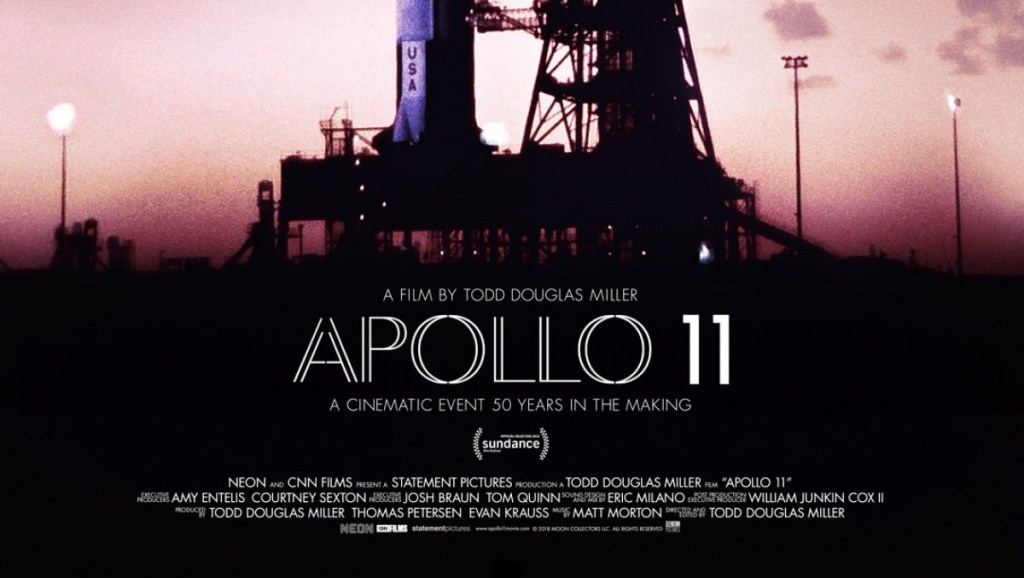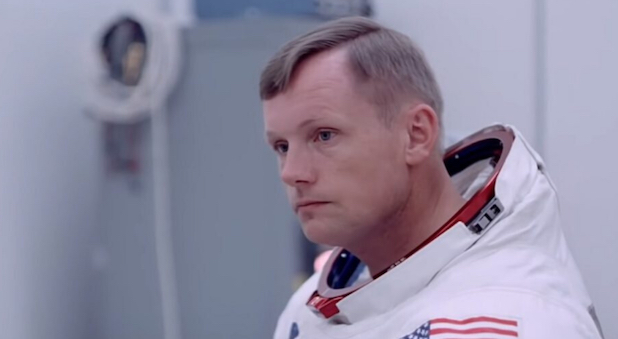You know how you go to those true-story movies about the space race and wonder how accurate the details are? This documentary, which provides a historic glimpse into the Apollo 11 mission, shows that – where it counts – the movie makers have been spot on for a very long time.
As the 50th anniversary of man’s first landing on the moon ticks over this month, the makers of Apollo 11 have gone through NASA’s archives and knitted together a 90-minute journey that takes the viewer through the rollercoaster of the mission: from preparation to lift-off, the moon landing and the jubilation of returning to earth safely.
The film won the editing award at Sundance, and it is easy to see why
There is so much detail – so many names and voices and images and information – and it’s a testament to the editors’ skill that this moment in history has been brought so vividly back to life without bewildering the viewer. Rather, you’re riveted to your seat watching the drama unfold.

Apollo 11 includes a good deal of previously unreleased TV and audio footage, and it’s this that really brings the documentary to life. We see the thousands who camped out in their cars and campervans near Cape Canaveral with their fabulous fashion, their cameras and their drinks of choice. For them, it’s a party. In the launch centre, it’s deadly serious – although a few of them do turn around to get a look as the rocket lifts off.
Last-minute problems the public is unaware of
Despite the viewer knowing how it’s going to end, there is still unbelievable tension as you watch the men on the screen deal with last-minute problems the public knows nothing about. And, as the full-throated ignition sequence finally commences, you’d swear the whole rocket is blowing up before your eyes before it slowly heads skyward.
Once the mission is off the ground the behind-the-scenes window opens further. We get to hear the camaraderie of the three astronauts, find out their heart rates at crucial moments, see vision from both sides as segments of the ship are jettisoned and hear Buzz Aldrin’s music of choice.
Mission control shows high stress
We’re also taken into the mission control room, with three teams that work around the clock. The stress temperature is always high – not because they don’t know what they’re doing but because any problem or miscalculation, however slight, could mean the difference between success and disaster: the regular “burn” required to move in and out of certain orbits; the in-space manoeuvres; even the fact that, up close, the command module and lunar module look ridiculously flimsy.
And, as the fuel ran close to zero on the final moon landing, they also admit there was “a bunch of guys about to turn blue” from holding their breath. In addition, we see images and video footage we already know in its proper context. For example, the astronaut video often played in conjunction with Neil Armstrong’s words as he steps onto the lunar surface is shown to be Aldrin, as Armstrong’s first steps aren’t quite as good looking – even though they’re the ones that made history!
There’s no voiceover or explanation beyond what is onscreen, and because of what we’ve been offered in past years with films such as The Right Stuff, Apollo 13, The Dish and Hidden Figures, you regularly feel like you’re watching a movie about the events, rather than the events themselves.
It’s an education to watch these men (and yes, they were all men) do their jobs. It’s also fascinating to see the technology available to them at the time, and how they were able to utilise it.
It was a different world, and in more ways than one. Several times we hear references to “godspeed” or to prayers for the men’s safety, and in a video link Armstrong also wishes those watching “good night and God bless you, from Apollo 11”.
Certainly many of those involved in the space program at the time seemed clear about whose world it was. These days, not so much. Yet, as you watch this, you can not only glory in the God who “with the breadth of his hand marked off the heavens”,but marvel at the gifts and skills he has given his people that make such feats of science and mathematics possible.


















